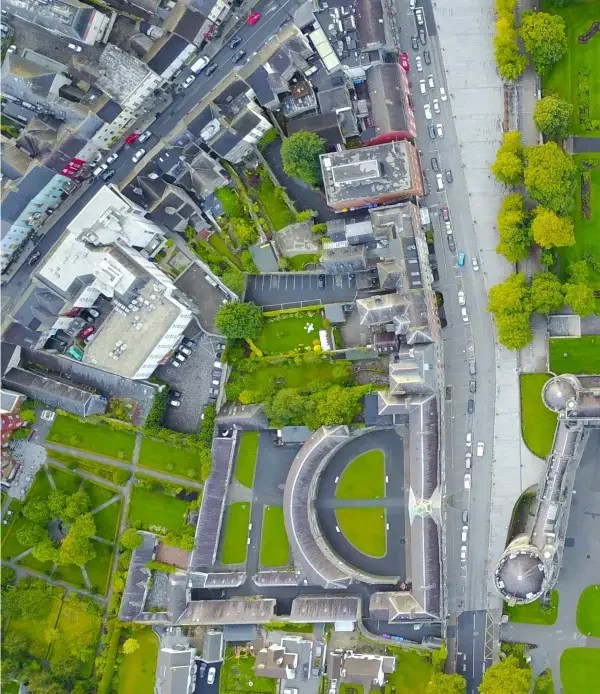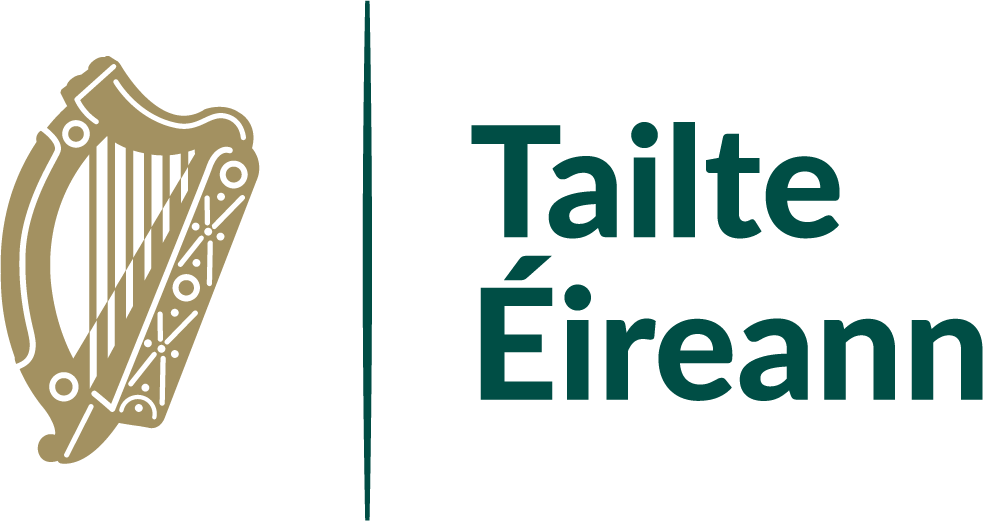The National Map
Professional mapping
The National Map is an authoritative spatial reference framework which ensures consistent and unique referencing of topological state information, both in terms of location and in terms ID tag referencing.

10 things to know about Ireland’s richest spatial database
The National Map is Tailte Éireann’s central database of geospatial information. Launched in 2015, it has all the details you’d expect to find in a geospatial database such as buildings, field extents, road networks, etc., but it’s also so much more than that.
It’s the most detailed spatial dataset in Ireland
The National Map is Tailte Éireann’s central database of geospatial information. Launched in 2015, it has all the details you’d expect to find in a geospatial database such as buildings, field extents, road networks, etc., but it’s also so much more than that.
It’s possibly the biggest spatial database in Ireland
Each building, fence, waterway etc. is stored as an individual ‘object’ in the National Map. There are over 50 million ‘objects’ which means that the National Map is the richest spatial database in Ireland.
The National Map is the most up to date database of spatial information in Ireland.
It’s the most detailed spatial dataset in Ireland
The National Map is Tailte Éireann’s central database of geospatial information. Launched in 2015, it has all the details you’d expect to find in a geospatial database such as buildings, field extents, road networks, etc., but it’s also so much more than that.
It’s possibly the biggest spatial database in Ireland
Each building, fence, waterway etc. is stored as an individual ‘object’ in the National Map. There are over 50 million ‘objects’ which means that the National Map is the richest spatial database in Ireland.
It’s the most detailed spatial dataset in Ireland
The National Map is Tailte Éireann’s central database of geospatial information. Launched in 2015, it has all the details you’d expect to find in a geospatial database such as buildings, field extents, road networks, etc., but it’s also so much more than that.
It’s the most detailed spatial dataset in Ireland
The National Map is Tailte Éireann’s central database of geospatial information. Launched in 2015, it has all the details you’d expect to find in a geospatial database such as buildings, field extents, road networks, etc., but it’s also so much more than that.
It’s possibly the biggest spatial database in Ireland
Each building, fence, waterway etc. is stored as an individual ‘object’ in the National Map. There are over 50 million ‘objects’ which means that the National Map is the richest spatial database in Ireland.
It’s possibly the biggest spatial database in Ireland
Each building, fence, waterway etc. is stored as an individual ‘object’ in the National Map. There are over 50 million ‘objects’ which means that the National Map is the richest spatial database in Ireland.
It’s the most detailed spatial dataset in Ireland
The National Map is Tailte Éireann’s central database of geospatial information. Launched in 2015, it has all the details you’d expect to find in a geospatial database such as buildings, field extents, road networks, etc., but it’s also so much more than that.
It’s possibly the biggest spatial database in Ireland
Each building, fence, waterway etc. is stored as an individual ‘object’ in the National Map. There are over 50 million ‘objects’ which means that the National Map is the richest spatial database in Ireland.

